Motorcycle Investor mag
Subscribe to our free email news
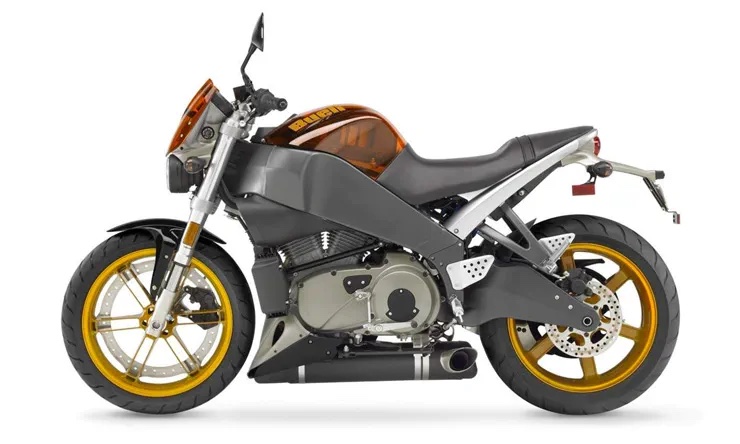
Buell’s Brutes
With
innovative design at the forefront, Erik Buell’s often
quirky air-cooled V-twin wonders could never be
accused of being dull
If
you were planning to write a long soap opera – maybe
running several seasons – based on a motorcycle theme,
you could do worse than base it on the life and times of
Buell Motorcycles. Engineer and founder Erik Buell
started so many times with high hopes for the future,
only to slam into a wall, that it defied logic.
Along
the
way, he produced some thoroughly entertaining
motorcycles that would fit in well with many motorcycle
collections. We covered the
Rotax-powered 1125 final production series in a
separate story and this time we’re having a squiz
at the pick of the air-cooled Harley-powered V-twins.
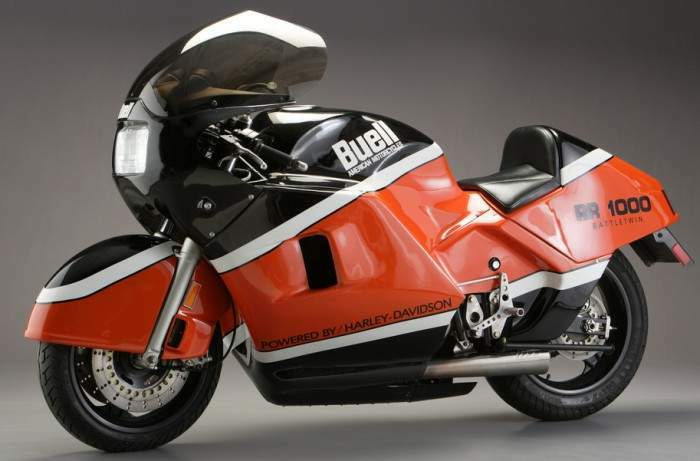
Now
there are some early Buells that are guaranteed
collectibles – I’m thinking the Battletwins, aka
RR 1000 (of which there were just 50 – above) and RR
1200 (65 made). These very early fully-clad sports
machines are rare and thin on the ground. Also rare is
the RS 1200 (aka the Westwind – below), with the very
distinctive pillion seat cover that unfolded to create a
backrest. Less desirable than an RR, this model is also
very much a collectible.
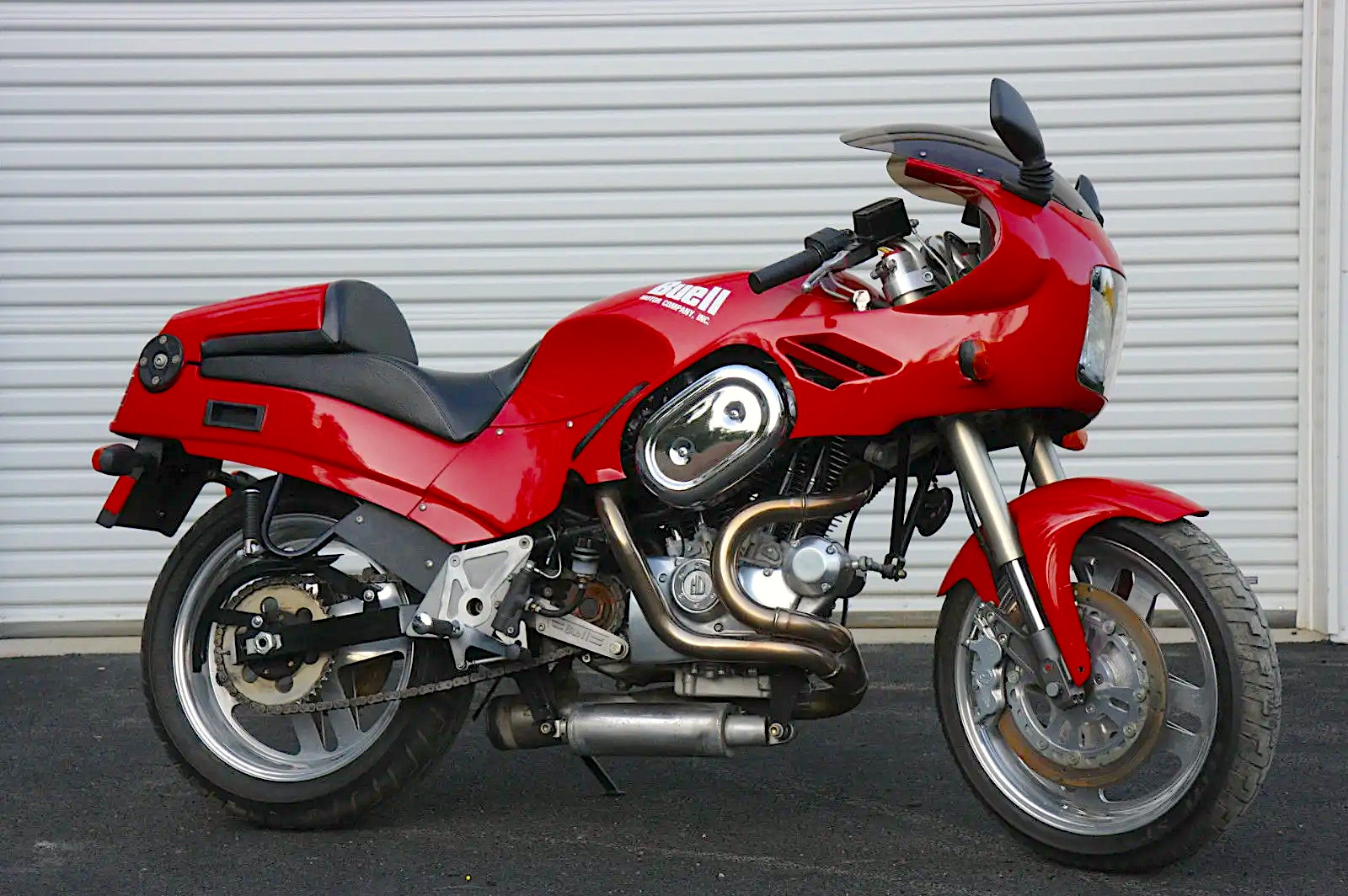
Instead,
what
we’re looking for is the pick of the dizzying array of
models built from around the mid-1990s, because they’re
generally very affordable and have a lot of potential as
a future collectible. Since it’s now a defunct and
relatively low-volume premium brand, you could argue any
Buell will be collectible one day. And it probably will.
For me, the top four picks are the M2 Cyclone and X1 Lightning, plus the XB12R and XB12Ss Lightning Long. I’ve paired them deliberately. The first is from the tube-steel frame series, while the second is from the beam frame era. In both generations, the machines are variants of each other.
Something
to
establish quickly is that Buell, apart from his
headstrong and enthusiastic ways, was famous for setting
up motorcycles with incredibly short wheelbases and
steep steering geometry concentrating on mass
centralisation years before most others. Really, the
numbers for some of his full-sized motorcycles looked
more like the stats for an RGV250 Suzuki pocket-racer.
That
meant you were dealing with a new world when it came to
handling. The powerplant might have been from
Harley-Davidson cruiser, but the ability to turn was off
another planet.
For
the Cyclone and Lightning (yes, the company did seem to
have a ‘thing’ with weather events for a while there),
the heart of the design was a 1200 Sportster powerplant,
loaded into a steel frame that owed nothing visually to
anything else out there. This platform was effectively
the second-generation mass-market Buell series, with
some important changes.
Among
those
was the addition of Buell-specific Thunderstorm heads,
with bigger valves, that contributed to a significant
power boost over the conventional Sportster 1200 engine.
Visually, the motorcycles were less ‘challenged’ (or
fugly), with the size of the once giant side-mounted
airbox reduced and the lines smoothed with the addition
of a bellypan for the X1.
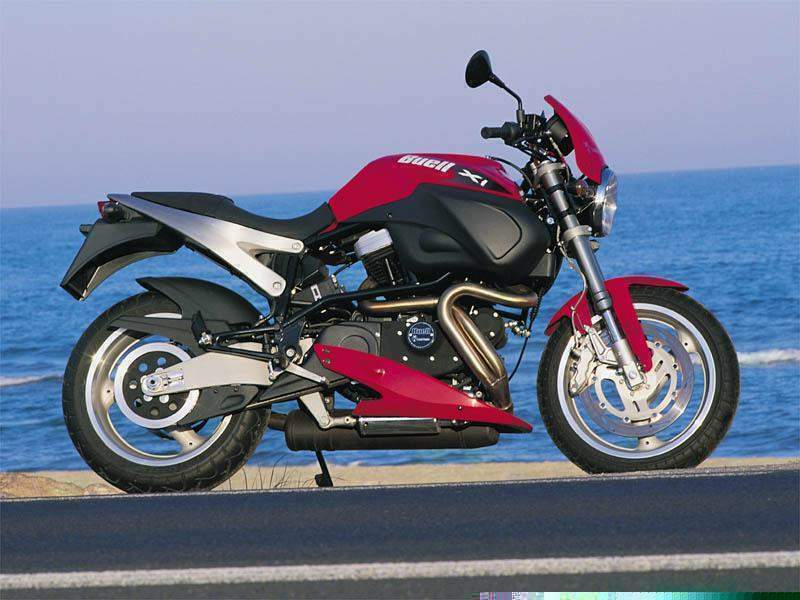
As
the sporty variant, the X1 (above) also scored a very
distinctive short rear brushed aluminium subframe that
added considerable drama to its looks, along with fuel
injection.
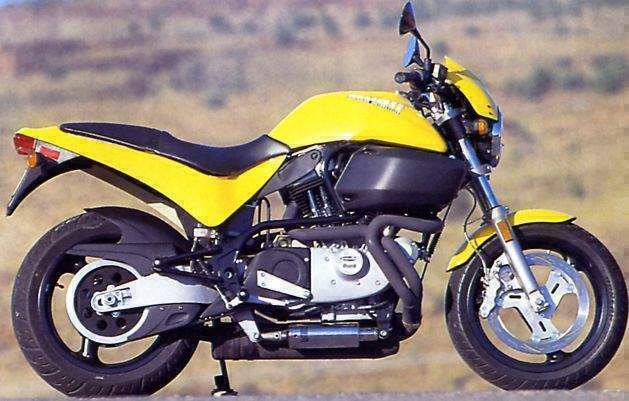
Meanwhile
the
M2 Cyclone (above) managed with a longer steel rear
subframe to support a more substantial pillion seat,
‘softer’ styling and a carburetor in place of the
injection.
In
the saddle, the X1 Lightning was the head-down sports
bike, while the M2 was a more comfortable day-to-day
proposition. The difference in power was only a few
horses and, ironically, the M2 had the smoother throttle
response.
You
were looking at around 200 kilos dry (keep in mind
that’s a full-size Sportster engine in there) and a
power claim in the high eighties. Though not spectacular
figures, it was enough to make them feel fast,
particularly given the ability of the V-twin to pull
convincingly out of a turn with resorting to lunatic
revs.
Meanwhile,
they
certainly steered and gripped. One of these things on a
tight and twisty bit of tar could be real surprise
packet once you got your head around the comparatively
‘lazy’ engine. The one Achilles heel was they weren’t
overly fond of rough surfaces.
Okay,
let’s
move up a generation to the mid-2000s. The humble 1200
Sportster powerplant had been further developed
specifically for Buell, to the point where it was
injected across the range, had fan cooling primarily for
the rear cylinder and was producing somewhere around 100
horses – so a significant power jump. That was matched
with a circa 20kg overall weight loss.
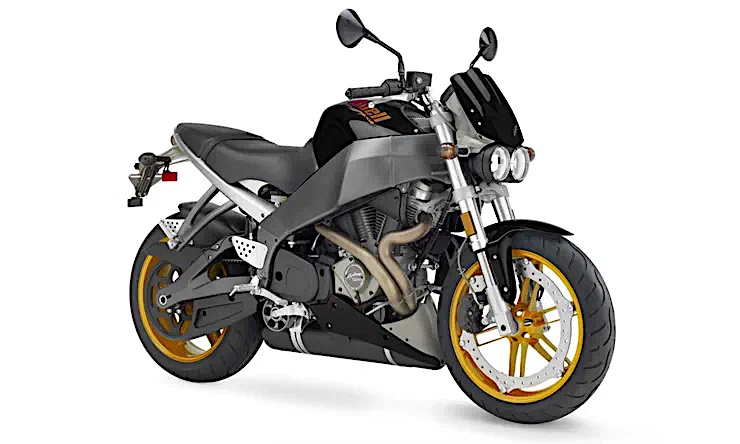
It’s
not just the powerplant that came in for revision. The
chassis had gone full radical, with a distinctive beam
main frame that also carried fuel and a swingarm that
acted as an oil tank. In case you missed those cues,
there was also a rim or perimeter style ZTL front disc
brake. That is, the huge disc was rim rather than
hub-mounted.
The
brake alone was hugely controversial with Buell company
engineers arguing its virtues against outside engineers
who weren’t necessarily convinced. Did it work? Yes. Was
it far better than conventional designs? Not so any
normal rider would notice, though it had its converts.
To
some extent, this massive revision greatly reduced the
‘Harley in a sports chassis’ perception that acted as a
drag on the marque’s reputation. And it gave owners
plenty of talking points when they were showing off
their new toys!
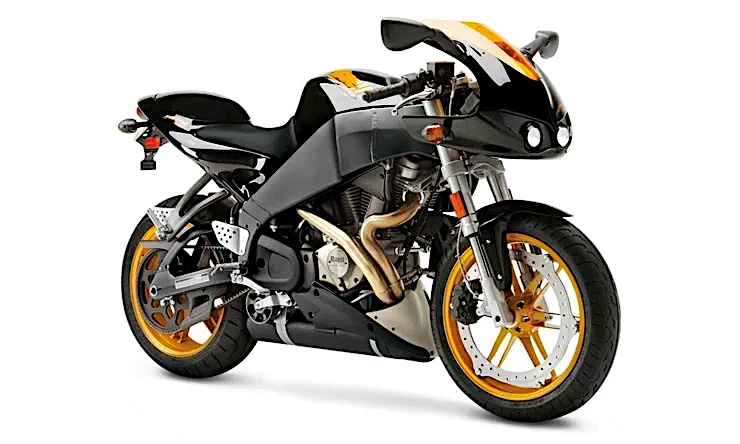
The
premium picks of the range were the XB12S and R – the
former a naked successor to the X1 and the latter a new
look with a droop-snoot mini fairing (above). The
differences in performance were nil, really, and the
choice came down to taste.
Both were wickedly quick pieces of machinery on a tight road. Suspension was decent-quality Showa gear and the handling had improved noticeably, being a little more tolerant with ropey surfaces.
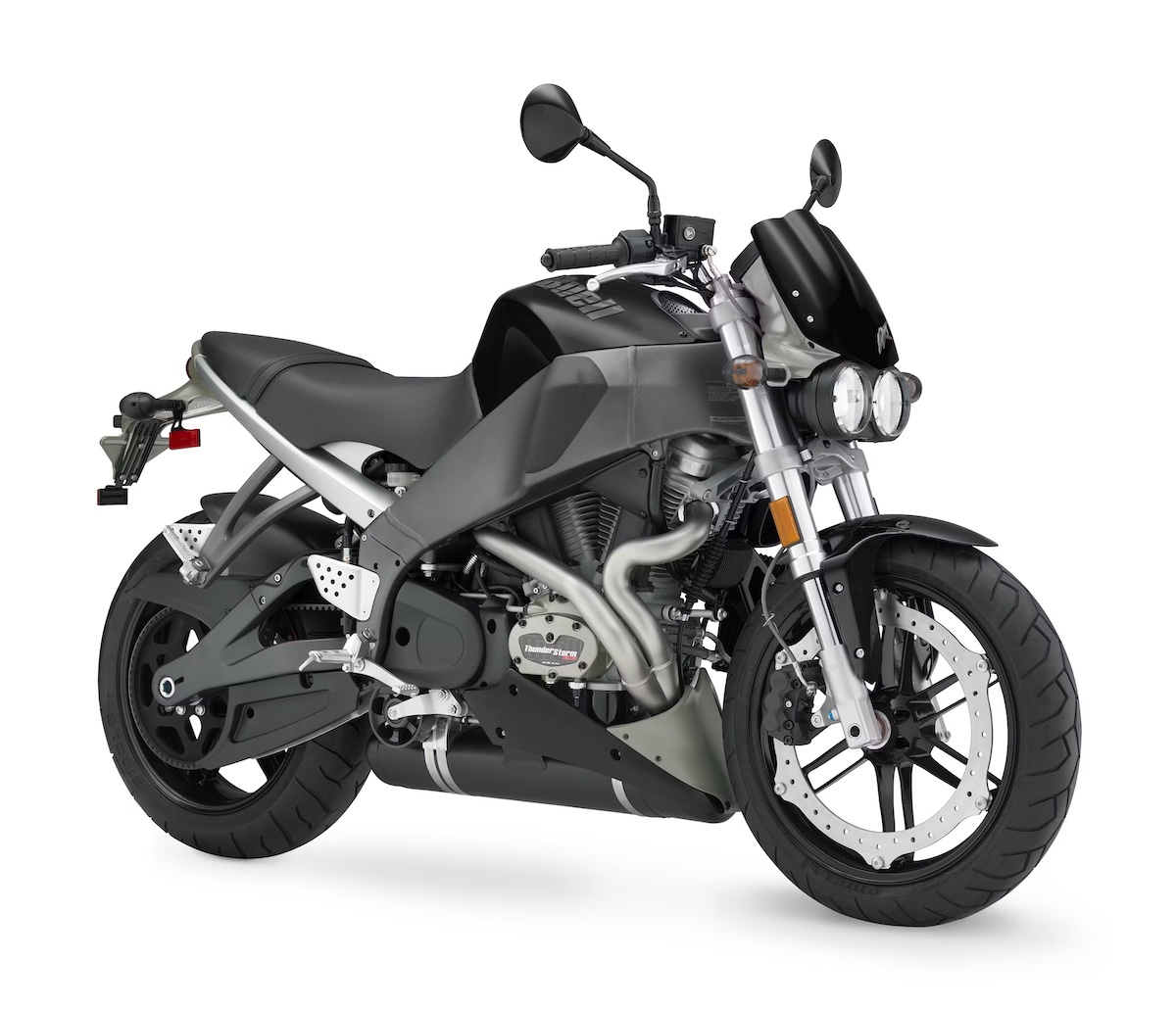
Another
variant
to look out for was the XB12Ss, otherwise known as the
Lightning Long (above). This was the naked bike with a
slightly longer wheelbase and a little more room in the
ride position, which made it perfect for taller folk
with no major performance penalty. It proved
surprisingly popular and there seem to be quite a few in
the used market.
Right,
so
what’s the bad news? Buell suffered numerous recalls
over the years – some of them serious. To H-D’s credit,
it tackled a lot of the problems. I wouldn’t be too
concerned about recalls, but would advise checking over
any purchase fairly carefully. That’s because assembly
was sometimes patchy, particularly on the earlier
machines, and owners aren’t always perfect.
Really,
the
issues were largely solved by the time we get to the XB
series.
Maintenance
is
generally very straight-forward. In any case, there is a
lot of repair and tuning knowledge out there for these
things. Really, this is one of those situations where
you look carefully at each bike on its merits.
While
they
tended to be pricey when new, air-cooled Buells are
looking like good value at the moment. Around $8000 to
$15,000 in your pocket is enough to give a surprising
choice. For that you’ll get a true American sports bike
(itself a rare thing!) that has some serious ability and
should be hugely entertaining to own.
***
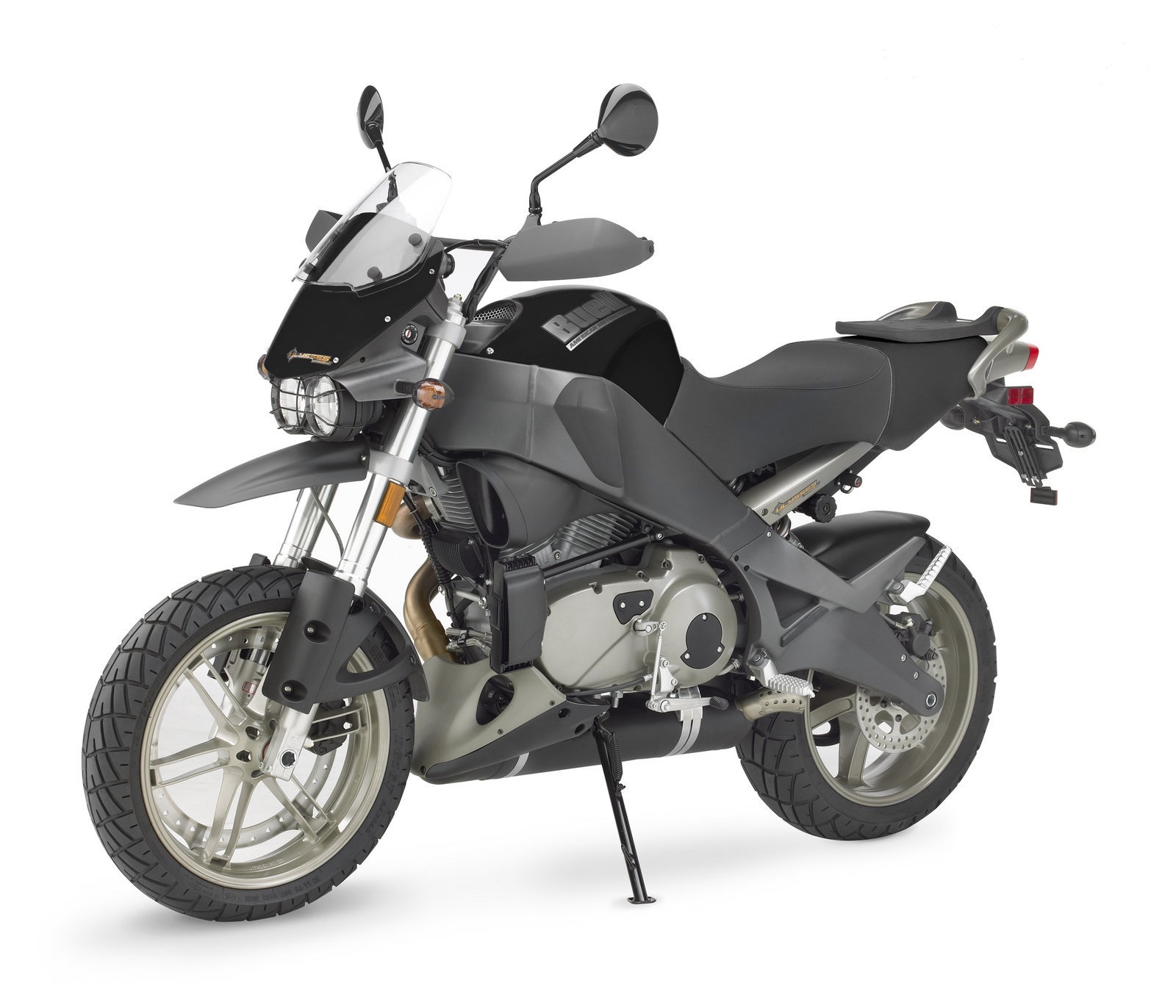
Adventure
what?
Given
Buell
spent most of his career building ultra-sharp sports
bikes, it came as a bit of a shock when the company one
day (in 2005) released the Ulysses, which was allegedly
an adventure tourer. It wasn’t.
Now
to me this is a little like teaching your Doberman to
tap-dance. It can probably do it, just, but it will
never win any prizes – or none that you want…
This
was one of those bikes that compared poorly with its
peers (like the formidable BMW R1200GS, for heaven’s
sake!) but was enjoyable enough in isolation. Think of
it as a road bike with long-travel suspension and you’ll
have a great time on it.
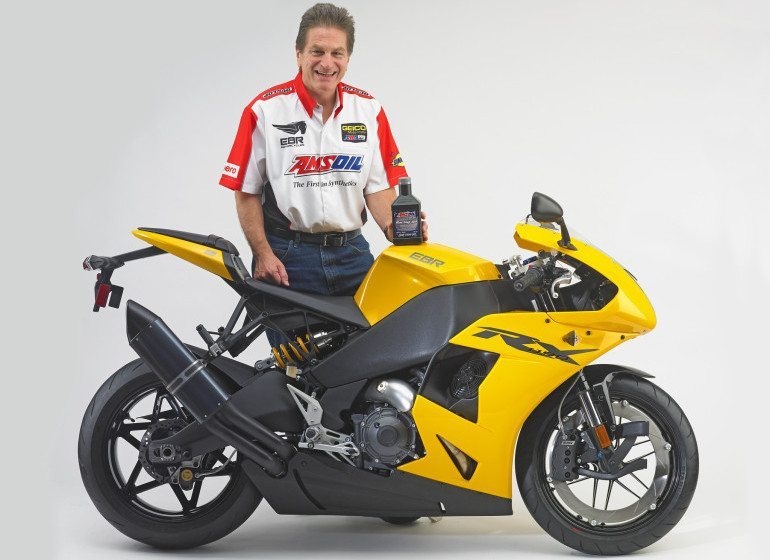
Buell’s
Rollercoaster
Erik
Buell’s first attempt at building a motorcycle fell over
when the race class it was intended for was cancelled.
That was 1983-84.
He
went on to build Harley-powered street bikes and, over
time, the brand became bigger and was absorbed into the
H-D ‘mothership’. That was a relationship with which he
never seemed to be entirely comfortable, and at times
would have had its drawbacks.
In
2009 H-D announced Buell Motorcycles was no more, as it
saw the brand as a distraction from its core business.
To that point, just shy of 137,000 motorcycles had been
produced.
Buell
subsequently
tried to resurrect the company – twice – as Erik Buell
Racing or EBR Motorcycles, but those efforts finally
keeled over in 2013.
Variants
Though
the
volumes weren’t huge, the variety was. Buells over the
years ran several variants on H-D powerplants, including
a 984cc unit that powered the XB9 series.
It’s
worth doing your research before buying into this
marque.
Further
Research
25
Years
of Buell (2008)
Book
by Canfield & Gess, published by Whitehorse Press
Covers
the
history up to the launch of the 1125 Rotax series.
The
rise
and fall of Buell
Erik
Uncut
A
series of unedited interview videos with Erik Buell, at
the time of the local launch of the 1125 series.
See our
feature on the 1125 series
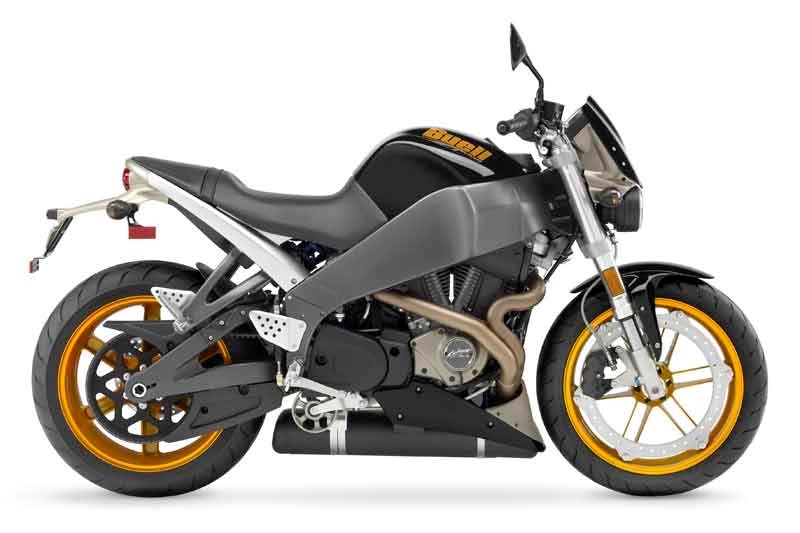
SPECS
Buell
XB12S
Good
Very
individual
Quick
History
Not
so
good
Patchy
assembly
ENGINE
TYPE:
air-cooled, two-valves-per-cylinder, 45-degree V-twin,
hydraulic valve lash adjustment
CAPACITY:
1203cc
BORE
& STROKE: 88.9 x 96.8mm
COMPRESSION
RATIO: 10.0:1
FUEL
SYSTEM: 49mm DDFI II fuel injection
TRANSMISSION
TYPE:
Five-speed, constant-mesh,
FINAL
DRIVE: Belt
CHASSIS
& RUNNING GEAR
FRAME
TYPE: Aluminium beam
FRONT
SUSPENSION: Showa USD fork, 120mm travel, full
adjustment
REAR
SUSPENSION: Showa Monoshock, 127mm travel, full
adjustment
FRONT
BRAKE: ZTL rim disc with six-piston caliper
REAR
BRAKE: 240mm disc with single-piston caliper
DIMENSIONS
&
CAPACITIES:
DRY
WEIGHT: 179kg
SEAT
HEIGHT: 765mm
WHEELBASE:
1320mm
FUEL
CAPACITY: 14lt
WHEELS
&
TYRES:
FRONT:
5-spoke
alloy 120/70-17
REAR:
5-spoke
alloy 180/55-17
PERFORMANCE:
POWER:
86kW
@ 6600rpm
TORQUE:
110Nm
@6000rpm
OTHER
STUFF:
PRICE
WHEN
NEW: $17,500 plus ORC
-------------------------------------------------
Produced by AllMoto abn 61 400 694 722
Privacy: we do not collect cookies or any other data.
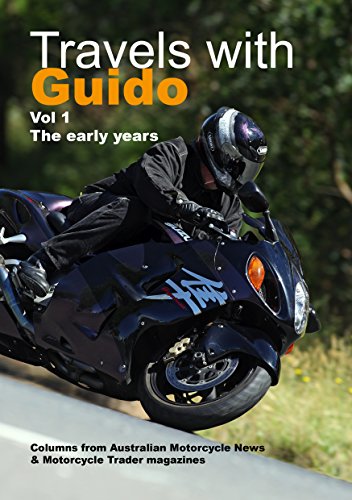
Archives
Contact




